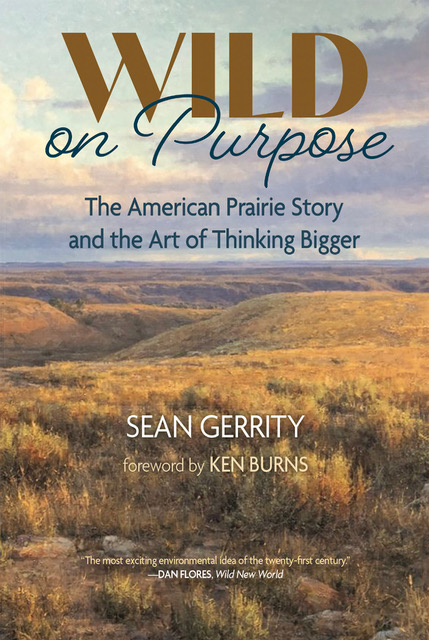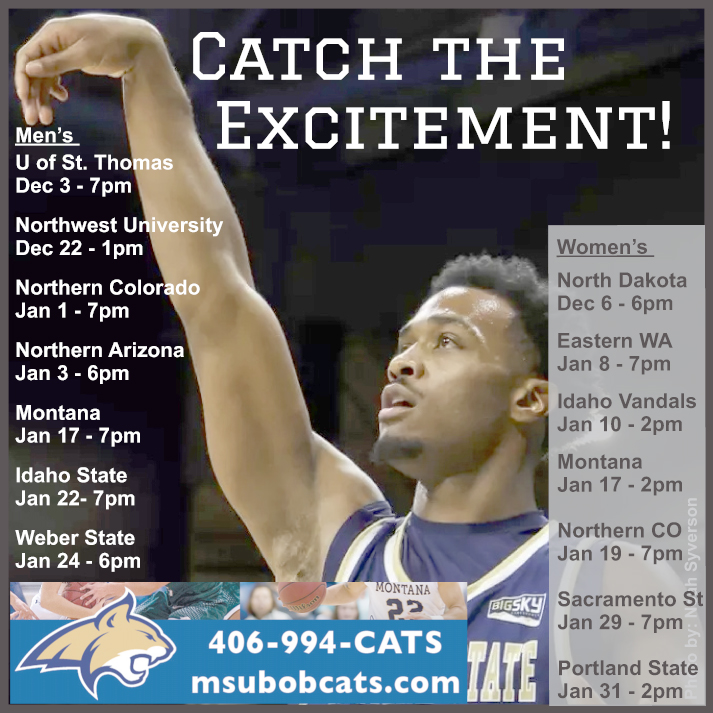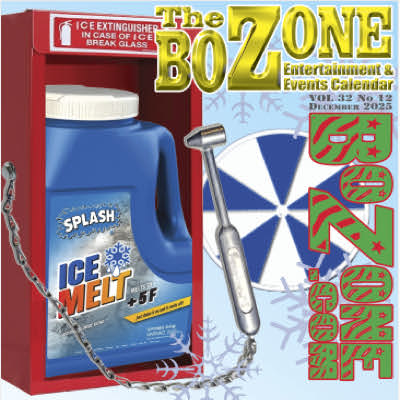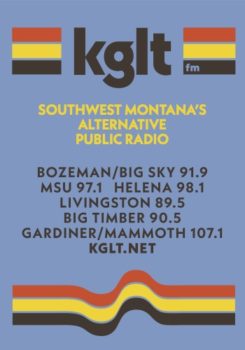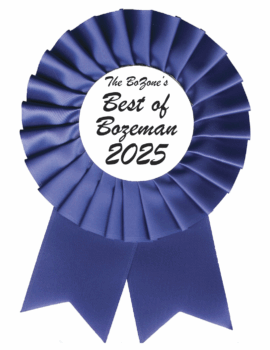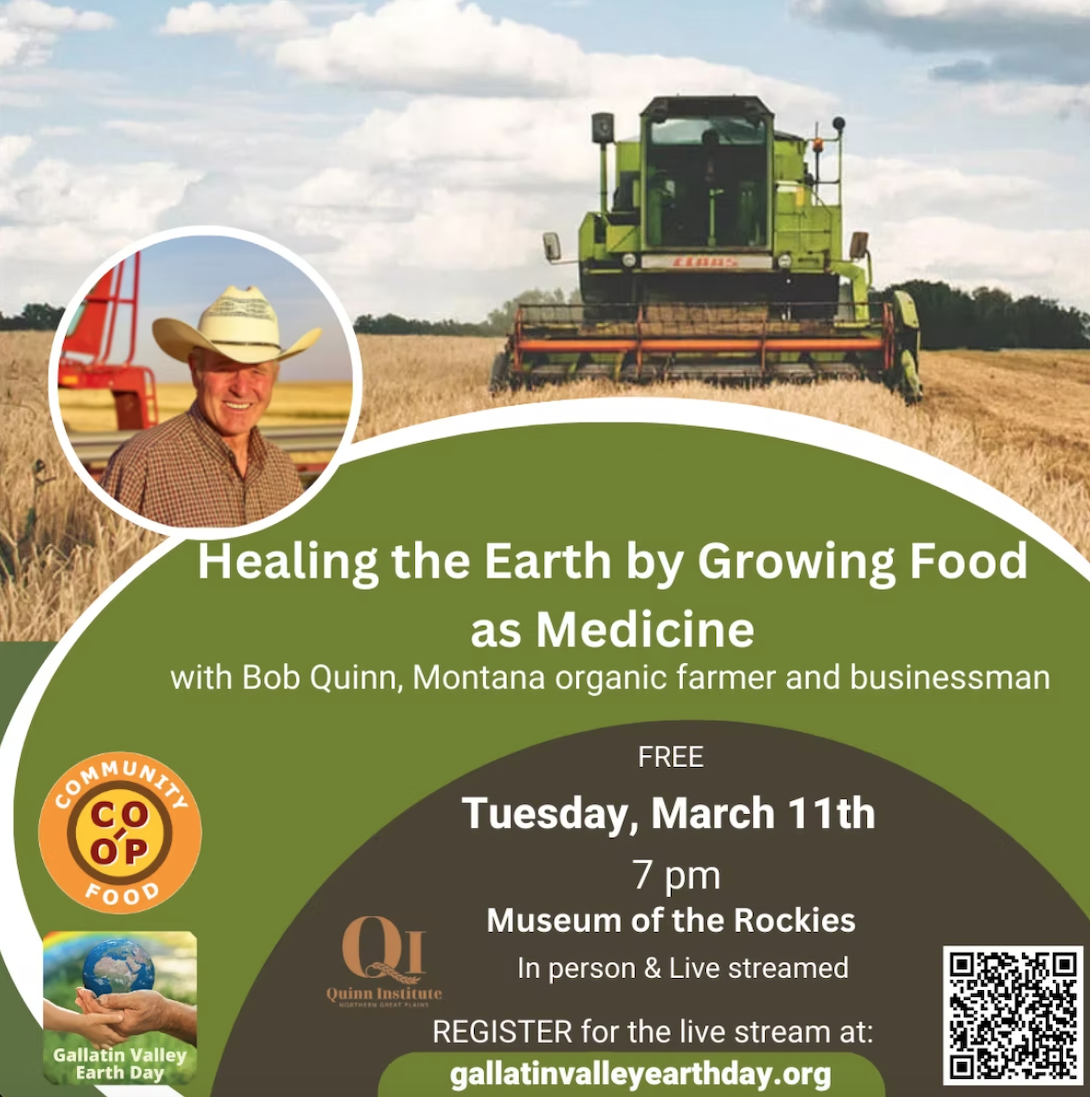Do you like to channel-surf? Ever wear out the remote control? Then Holiday Collage is the concert for you! Over the years, the Bozeman Symphony Orchestra & Symphonic Choir has wowed Bozeman audiences with the innovative and highly charged concert experience it calls “collage.” This unique, fast-paced program, all choreographed to a brilliant light show, has amazed audiences of all ages while featuring—and celebrating—the best of Bozeman’s musical talent.
This year’s performance features a new twist by marrying the collage concept with the music of the Holidays, and includes a stunning variety of your favorite holiday tunes, both traditional and popular, such as Joy to the World, selections from Tchaikovsky’s Nutcracker and Vivaldi’s Gloria, O Holy Night, Silent Night, Hallelujah Chorus from Handel’s Messiah, and much, much more.
Anticipation among musicians of the orchestra and choir has been building since Maestro Savery announced his vision and repertoire for the Symphony’s 49th concert season. The 100-member volunteer choir will join the orchestra for this festive performance featuring members Carrie Krause, Sue Makeever, Andrew Scruggs, Gregory Young, Alan Leech, Julia Cory Slovarp, Mandy Bowker, Jeff Vick, Nancy Ojala, Jeannie Little, Mary Ann Jacobson, Paul Gates, Slate Hudson, Sandra Stimson, Cortney Bury, and more.
In anticipation of the festive Willson Auditorium performances, The Rolling Zone was able to get the man himself—Maestro Matthew Savery—on the phone to talk music making, crafting this contemporary show, and his illustrious career.
RZ: Hey Matthew. How are you doing today?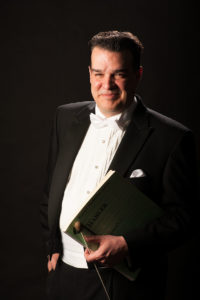
MS: I’m great. How are you?
RZ: Good, thanks. Tell us about the collage concept. How did it come about, and when did the merging of this idea and holiday music come into play?
MS: The collage concept was originally invented by my teacher, Gustav Meier, as a way to showcase the student groups at the University of Michigan. It’s a really fantastic concept where you can involve a lot of different elements. A lot of universities do this now. They can show off not only their orchestras and their choirs, but their jazz bands and their concert bands—all in one performance. It’s designed where the first note of a piece happens simultaneously with the last note of the piece prior, and it’s all choreographed to lights. It’s essentially thirty plus pieces of music for different sized ensembles that are between, say, two to four minutes long, some are five minutes. There’s no break, there’s no place to applaud. It’s a constant flow of music. It’s kind of like you’re sitting in the audience with a remote control and you’re watching the best of what you like in music, you’re just flipping the channels.
RZ: How cool. How will this particular show look?
MS: [To use] an example from a previous collage show because I don’t want to give this one away too much, the full orchestra may play a piece and there’ll be a full light wash on the orchestra. On the very last note of that, we’ll start the first note of a percussion ensemble piece. The lights will come off the orchestra and there will be hot red on the percussion ensemble. And the very last note of that, we’ll begin a Gregorian chant in the choir. So that’s kind of what we do—we shoot around the room. We’ve never done one for the holidays before, so this is a first. We’ve done about six or seven collage concerts over the years, but never one with holiday repertoire. This is new. It’s been a lot of fun for us because it presented new challenges. When you do one of these that’s not a holiday concert, you have as wide a range repertoire as you can find. But everybody had to find holiday-related music this time which constrained them a bit. At first it was great. At first the musicians were complaining a little bit that it was hard to find stuff that would work [for this] concert. When the deadline for submissions came, it was amazing how creative they got. I got, really, two full programs worth of repertoire from them that all would’ve been great.
RZ: How did the musicians become involved with this performance?
MS: I invite the members of the orchestra and the choir to submit ideas to me. They actually, in a sense, get to program this concert. So they submit these ideas to me, then I start sorting through them and try to find what would work. It’s a very complicated puzzle and it’s one I love doing. [There are] usually eighty to a hundred submissions and I’ve got to whittle them down to thirty or forty, then fit them all somehow together that makes musical sense. It’s really cool because it involves all the members of our orchestra and choir. It’s a real showcase for them. We are really showing off, under a microscope, the broad range of talent that we have in both of our groups. It’s just great fun. We love doing these. And I have a lighting designer, Tom Watson, [who’s] on the theatre faculty at MSU. He’s just a genius. He does a brilliant job with these. [The show] is visually and orally thrilling—a visual and oral smorgasbord of great music.
RZ: Considering the amount of musicians involved, at what lengths has each individual gone in order to prepare?
MS: They have to start months in advance because I actually do a couple of coachings with them through those months. I do that to make sure they’re practicing because in this kind of a concert with the lighting designed the way it is, they’re really under a microscope—more so than in a standard concert. So I don’t let them procrastinate. And to their credit, they all take this really seriously.
RZ: I’m sure everyone’s eager to get on stage.
MS: Oh yeah.
RZ: Symphonic orchestra has many fans, but what can you say to people more unfamiliar with these kinds of productions? Why is this show something to see?
MS: This is not in any way a standard symphony orchestra concert. We are playing everything from Baroque music to rock ‘n’ roll to jazz and all kinds of stuff—everything. I would say that if you’ve never been to a concert, this more than any other concert program we present is the one for you. You’re not going to sit through one forty-minute piece of music. It’s very fast paced, it’s all choreographed to lights, and it’s just fun. This is a concert that anybody and everybody would get a kick out of.
RZ: Perfect for the holidays. So you’ve performed all over the country. Have you noticed any kind of shift in the appreciation for this genre of music between rural and urban areas?
MS: The League of American Orchestras just released a report that shows since the economy tanked in 2008—which really started to show its effect on our business in 2010—there’s been slightly under ten percent drop in audiences across the country. We’ve noticed that here too, [but] I don’t think there’s been any less appreciation because the people that come are really into it. I do think [the attendance drop] speaks to people having less disposable income and choosing to do different things, it really comes down to the economy. But no. I was just in Sedona, Arizona conducting last week, and they didn’t have a huge audience, but the people there were deeply passionate about classical music.
RZ: How can you describe our area’s thirst and support for this style and experience of music?
MS: This is a very arts-minded community. Just look at the music programs in the public schools—they’re an example for the nation, they’re phenomenal. This community really loves classical music and all the arts. It’s fun to work in a place like this. Going back and forth from Sedona, I was on about four planes. Every plane I was on, there was somebody that approached me that was a fan, or said they don’t get to go often because they travel a lot, but they love us and when they’re in town they go. I think this town really digs it. The other thing is, we all on stage know that we have an audience that’s comprised of people who moved from San Francisco and Chicago and New York and Boston and L.A. They are not going to be fooled by anything. So we have to really put on a good product, and they seem to feel we really do. We’re just very lucky.
RZ: Speaking of New York, what can you tell us about your Carnegie debut in June of last year? What was that like and how did you come about that opportunity?
MS: It was a spectacular experience. For me, it was the perfect performance—the one you’re always hoping to get, but know you’ll never get. That was based on the ingredients that came together. This concert was co-produced by myself and my colleague Alexander Markov, the violinist. He had co-produced a couple of concerts there over the years, wanted to another one, and asked me if I wanted to be involved. So we co-produced it ourselves. That meant we were able to choose our people. We had an orchestra of world-class musicians from New York who really were still young enough to be hungry and want it badly. Both Alex and I were at the top of our games. We were in the main hall, the Stern Auditorium, and we almost sold out. The place was just packed. There was an energy that night that I’ve rarely ever experienced on a stage. The hall was great, but it was more about the music making for me. The music making was so superb that it was just a dream concert.
RZ: I’m guessing Carnegie was probably one of your career standouts. Are there some other great experiences you’ve had that you’d like to share?
MS: For thirteen years, I did these outdoor concerts in the summer with the Greater Bridgeport Symphony at Fairfield University for audiences ten thousand and larger. They were wonderful experiences. When the Sandy Hook tragedy [occurred], I happened to be giving a concert five minutes away that night with the New Haven Symphony. A lot of those people that had come to my concerts with the Bridgeport Symphony, came there that night. It was a rough night for anybody, but certainly a rough night if you had to go out and give a performance. It stood out because of the fact so many of these people came to support me that night.
RZ: Very cool.
MS: And I’ve had some standout performances here that were real career highs for me. Las year we did a performance of Verdi’s Requiem that I think is the finest thing we’ve ever done. That stands out. There have been a few others here. I also did a couple concerts with the Presidential Symphony Orchestra of Turkey shortly after 9/11 happened. That was a phenomenal experience for me to make music there with those people during such a time—and a real eye-opener for me about the fact people and places where we assume aren’t great people, turn out to be just like us. That was also a big standout for me. I’ve enjoyed a career of a lot of wonderful performances and experiences, but I have to say Carnegie Hall was my top—not because of the hall, but because the music making was at the highest level I’ve ever experienced on stage. There isn’t a drug in the word that can get you as high as an experience like that.
RZ: It’s probably cool to see how music can bring all these people together in bad times and good times.
MS: Oh yeah. It’s amazing. I did three concerts that weekend with the New Haven Symphony, all within about a fifteen-minute radius of Newtown and every one was packed. I was shocked. I thought that nobody would show up. I asked some of the fans who came backstage to see me what they were doing there. They all said they needed to get away, they needed some peace. And they found it in a live performance of symphonic music.
RZ: The focus is on Holiday Collage right now, but has work already begun on the spring performance schedule?
MS: Well we’re working all year on everything, but our musicians are basically working on one concert at a time. Right now we’re actually working on planning our next season, which is our 50th Anniversary season. So we’re planning a real big smash next year.
RZ: Looking forward to that. Are there any final comments about Holiday Collage you’d like to add?
MS: This is a concert that features everybody’s neighbors. The people in this orchestra and choir live here. When you hear them in full ensemble performance, you know they’re wonderful, but you can’t understand the depth and range of talent we have until you see a concert like this. This is a concert that features so many of them individually or in small groups. Bozeman’s already proud of their musical community. I’m pretty sure when they leave this performance, they’re going to be even more proud.
RZ: We can’t wait for the show. Thanks so much for taking the time to talk with me. It’s been a pleasure.
MS: Likewise. Thanks!
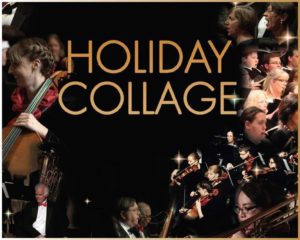 Join in as Bozeman Symphony pastes together another “mind-boggling” array of thrilling music. You’ll never forget it! Holiday Collage will take place Saturday, December 10th at 7:30pm and Sunday, December 11th at 2:30pm, both at Willson Auditorium in Downtown Bozeman. The performance venue is located at 404 West Main Street. Tickets can be purchased online at www.bozemansymphony.org/, at the Bozeman Symphony offices located at 1001 West Oak Street, Suite 110, or by phone at (406) 585-9774. Tickets range from $22–$67. Student discounts are available. Please contact the Bozeman Symphony at the number provided or info@bozemansymphony.org with questions you have regarding the performances, ticket sales, venue, and seating information.
Join in as Bozeman Symphony pastes together another “mind-boggling” array of thrilling music. You’ll never forget it! Holiday Collage will take place Saturday, December 10th at 7:30pm and Sunday, December 11th at 2:30pm, both at Willson Auditorium in Downtown Bozeman. The performance venue is located at 404 West Main Street. Tickets can be purchased online at www.bozemansymphony.org/, at the Bozeman Symphony offices located at 1001 West Oak Street, Suite 110, or by phone at (406) 585-9774. Tickets range from $22–$67. Student discounts are available. Please contact the Bozeman Symphony at the number provided or info@bozemansymphony.org with questions you have regarding the performances, ticket sales, venue, and seating information.
Please join Maestro Matthew Savery, Choir Director Jon Harney, and members of the Bozeman Symphony Orchestra and Symphonic Choir for receptions held immediately after each performance, Saturday, December 10th at Starky’s Authentic Americana, located at 24 N Tracy, and Sunday, December 11th at the Emerson Cultural Center, Weaver Room, located at 111 S Grand Ave. •
Matthew Savery photo credit: Thomas Lee Photography
